There are some specific dishes that make us drool as soon as we see them. Sushi is one of those dishes, and the temptation to eat some is irresistible. But wait, grabbing sushi and putting it directly in the mouth is not a choice for many. Why? Due to the fear of gluten allergy. Are you going through the same stage and wondering if sushi is gluten free or not?
Sushi may or may not be gluten free. The gluten content of sushi ultimately comes from the ingredients used. While some don’t have any gluten containing ingredients, some may add them. Plus, the soy sauce used in sushi is a confusing ingredient because some are made from gluten.
So what should celiacs do? Should they not eat sushi at all? Hold on. There is a solution to everything, and we’ll find one regarding sushi too. To know how to find out the gluten content in sushi and how to make gluten free sushi, continue reading this article.
Table of Contents
Is Sushi Rice Gluten Free?
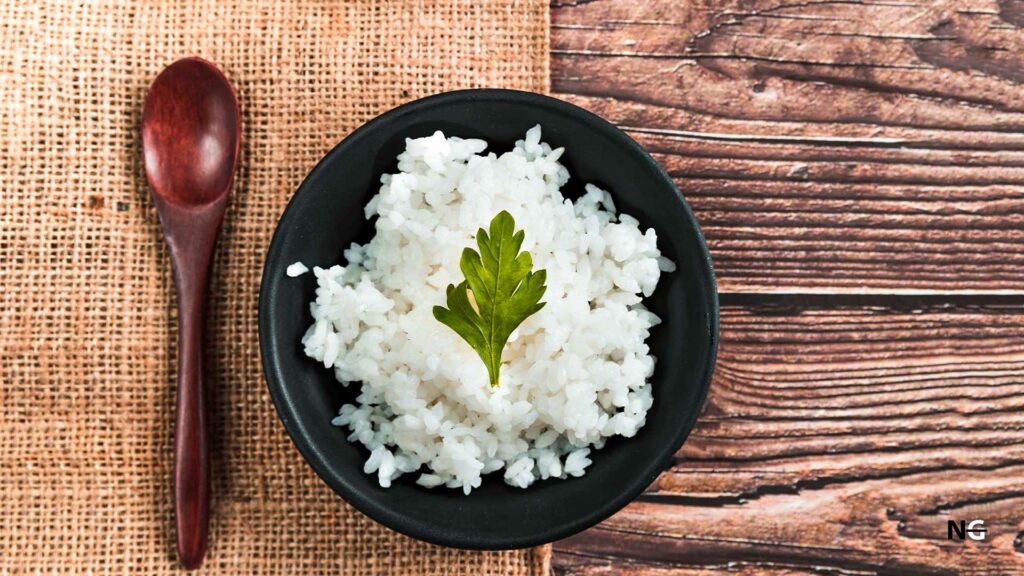
Whether sushi is gluten free or not will depend on the ingredients used in it. The base ingredient in sushi is rice which is gluten free. Any type of rice, whether short grain or long grain, is free of gluten.
Rice is not a part of the gluten grain family; hence consumers need not worry about its gluten status. But what about the other ingredients? Are these gluten free too?
The other ingredients used in sushi are white rice vinegar, soy sauce, vegetables, seaweed, seafood, salmon, tuna, imitation crab, wasabi, ginger, and more.
The ingredients that can add gluten to sushi are- soy sauce and imitation crab. Most soy sauce contains wheat which is why it is not safe for gluten-sensitive people. Secondly, imitation crab is another harmful addition to sushi.
Imitation crab is made with shredded surimi fish, wheat starch, and a few other ingredients. The wheat starch used in it is what celiac patients can’t digest. If you order vegetarian sushi, you can avoid imitation crab, but soy sauce is present in both vegetarian and nonvegetarian sushi.
Therefore, eating sushi in restaurants isn’t quite safe unless the restaurant specifically mentions gluten free sushi. Nowadays, you find gluten free soy sauce, and restaurants conscious about gluten allergies opt for using the safer alternative.
If you eat sushi at outside eateries, make sure to ask the chef or the hotel staff about what soy sauce they are using. If you order nonvegetarian sushi, go for the ones that don’t use imitation crab.
Supermarkets also come with frozen sushi packets. If you want to buy, go through the ingredient list first. I recommend you pick the ones that say gluten free in the package. Conscious food choice is the only way to avoid gluten allergy; therefore, you have to be picky about food.
Related Post:- Is Nutella Gluten Free?
What Type Of Rice Is Used To Make Sushi?
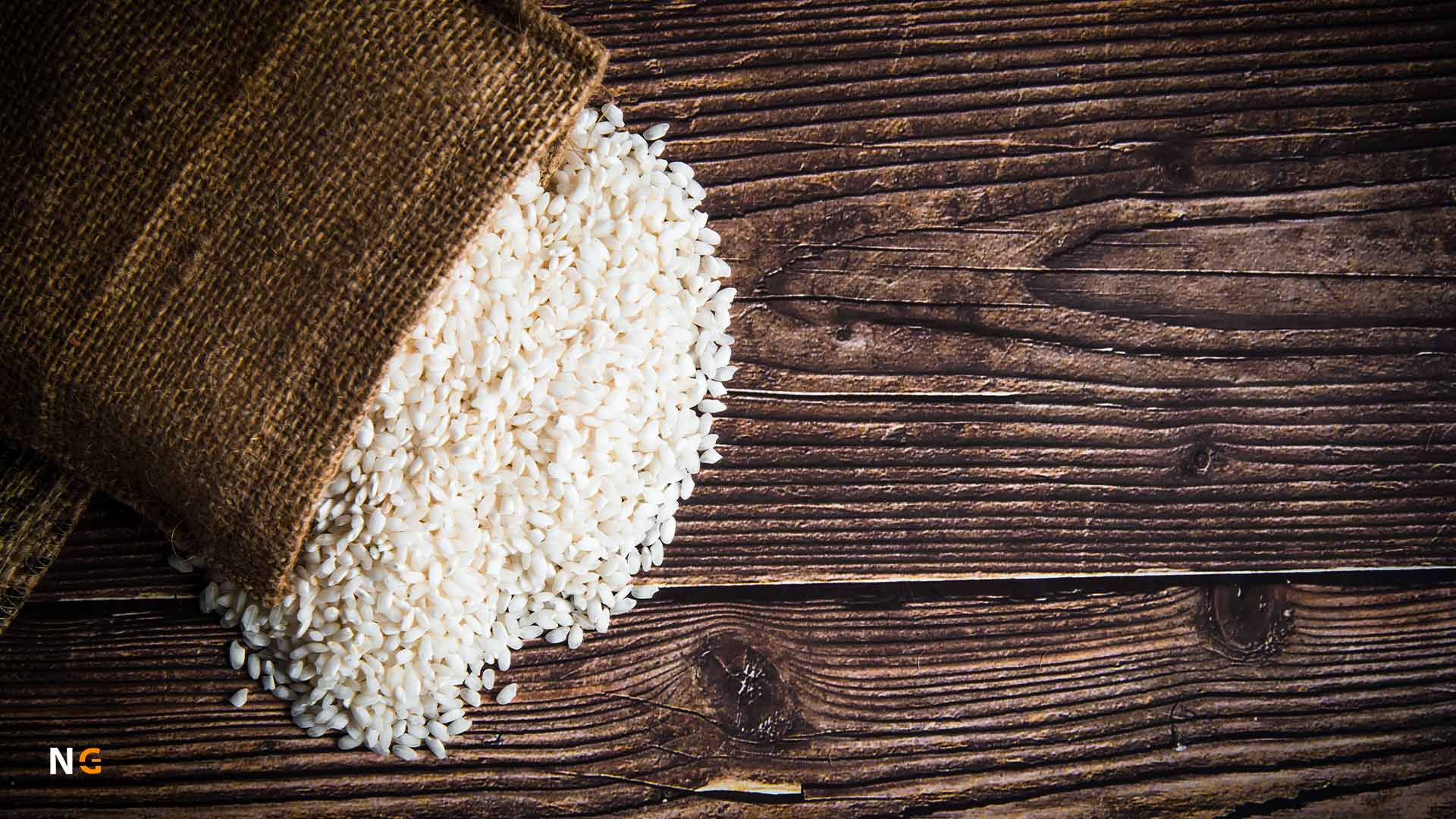
Sushi is a traditional Japanese dish. The authentic Japanese recipe uses Japanese short-grain rice to make the dish. The sushi rice or sushi-meshi is then prepared with sugar, salt, and rice vinegar, and sometimes kombu is added as well.
But people have started using normal rice for making sushi as well. Even though it may work with the recipe, you won’t get the same texture and flavor as the short-grain Japanese rice. Popular alternatives for sushi rice are brown rice and Calrose rice.
Is Sushi Healthy?
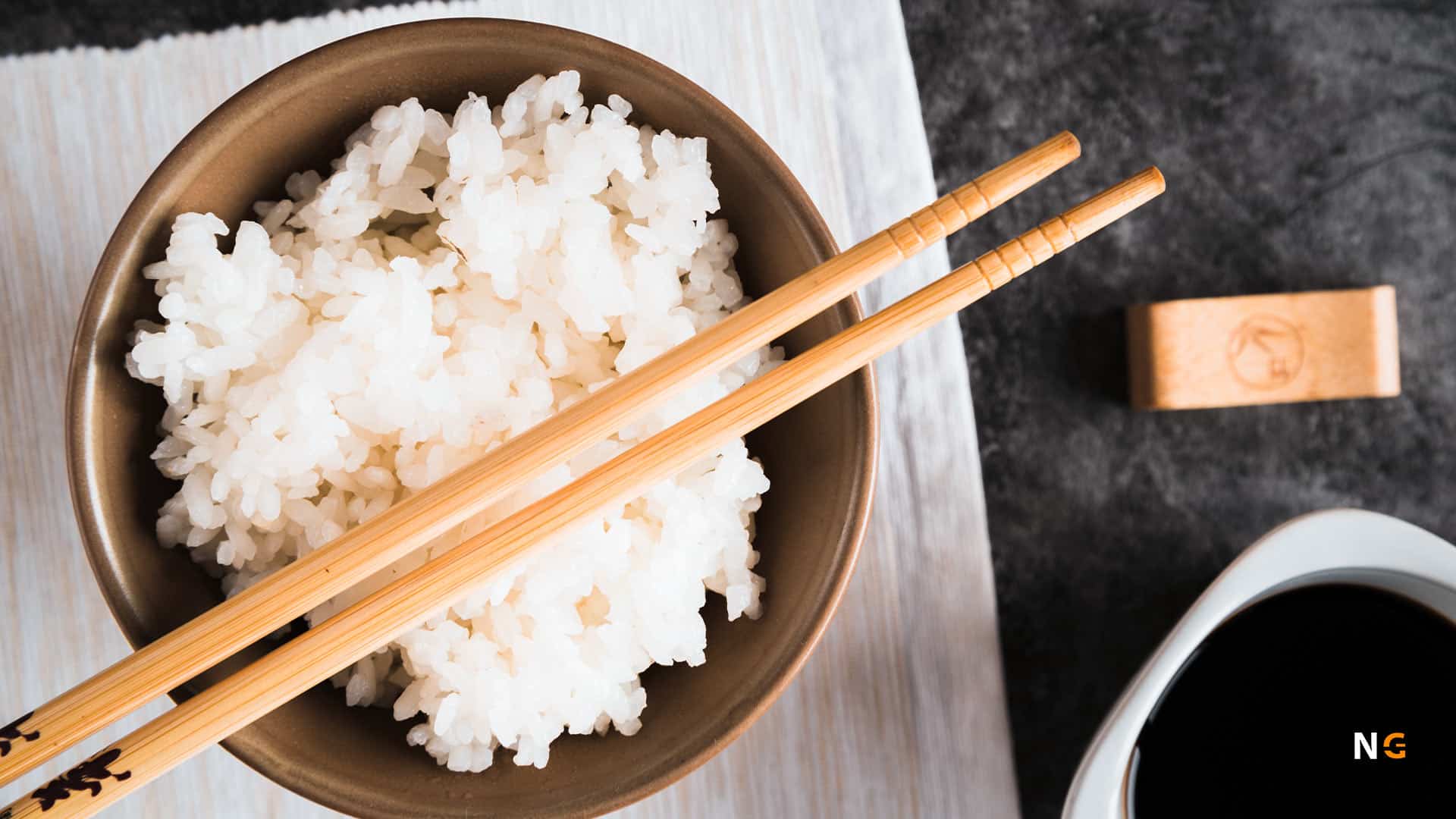
Sushi provides protein, carbs, vitamins and minerals, and other health promoting compounds. Some healthy ingredients in sushi include rice, salmon, tuna, and veggies. These provide you with good nutrition but don’t forget the other flavor making ingredients used in the dish.
For instance, soy sauce contains lots of sodium. The sugar and salt added to the dish make it again unhealthy for regular consumption. The nonvegetarian variety of sushi also adds imitation crab, which is one of the worst things to eat.
You get to pick different varieties of sushi. Some have only good ingredients, and rating them won’t disrupt your health, but some varieties like Philadelphia roll or shrimp tempura are not healthy.
Go for sushi that has avocado, salmon, tuna, and other veggies. What you should avoid is cream cheese, swordfish (which contains high levels of mercury and is not good for children and pregnant women), tempura (deep fried shrimp), shark (due to high levels of mercury), etc.
Is Sushi Vegan?
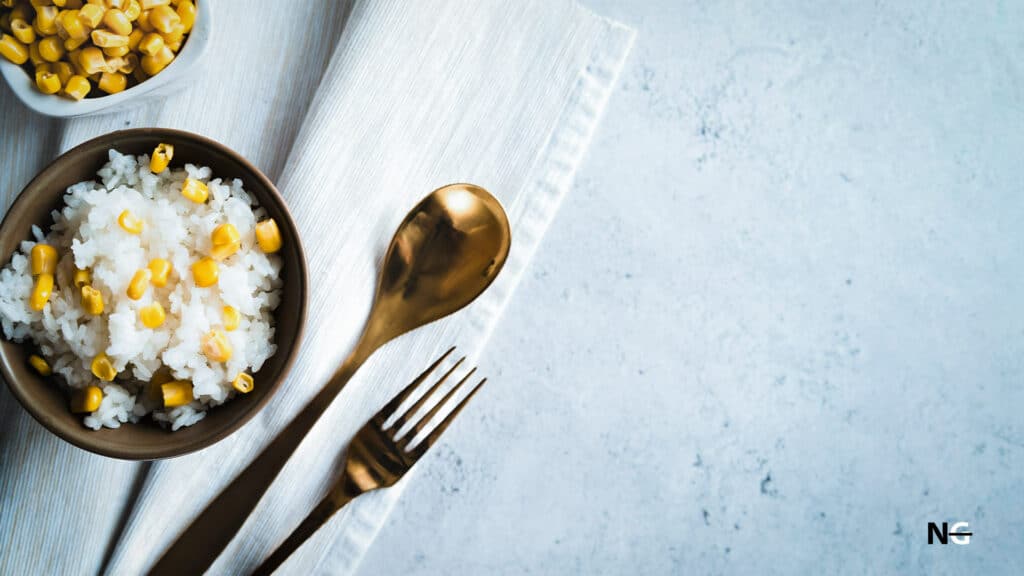
There are vegan sushi types that are made with only plant-based ingredients. Vegan sushi has no seafood or meat products, making it safe for people following a vegan diet. Some of the best vegan sushi to pick are avocado nigiri, Nasu nigiri, tamagoyaki nigiri, kappa maki, kampyo maki, etc.
Try This Gluten Free Sushi Recipe At Your Home
Since eating sushi at restaurants is not safe for celiacs, it’s best to make it at your home and enjoy it guilt-free. Here is the recipe I followed to make sushi, and it turned out delicious. We will see the recipe in two stages. First, we will make the sushi rice and then will see how to assemble the sushi. So let’s begin
Gluten Free Sushi
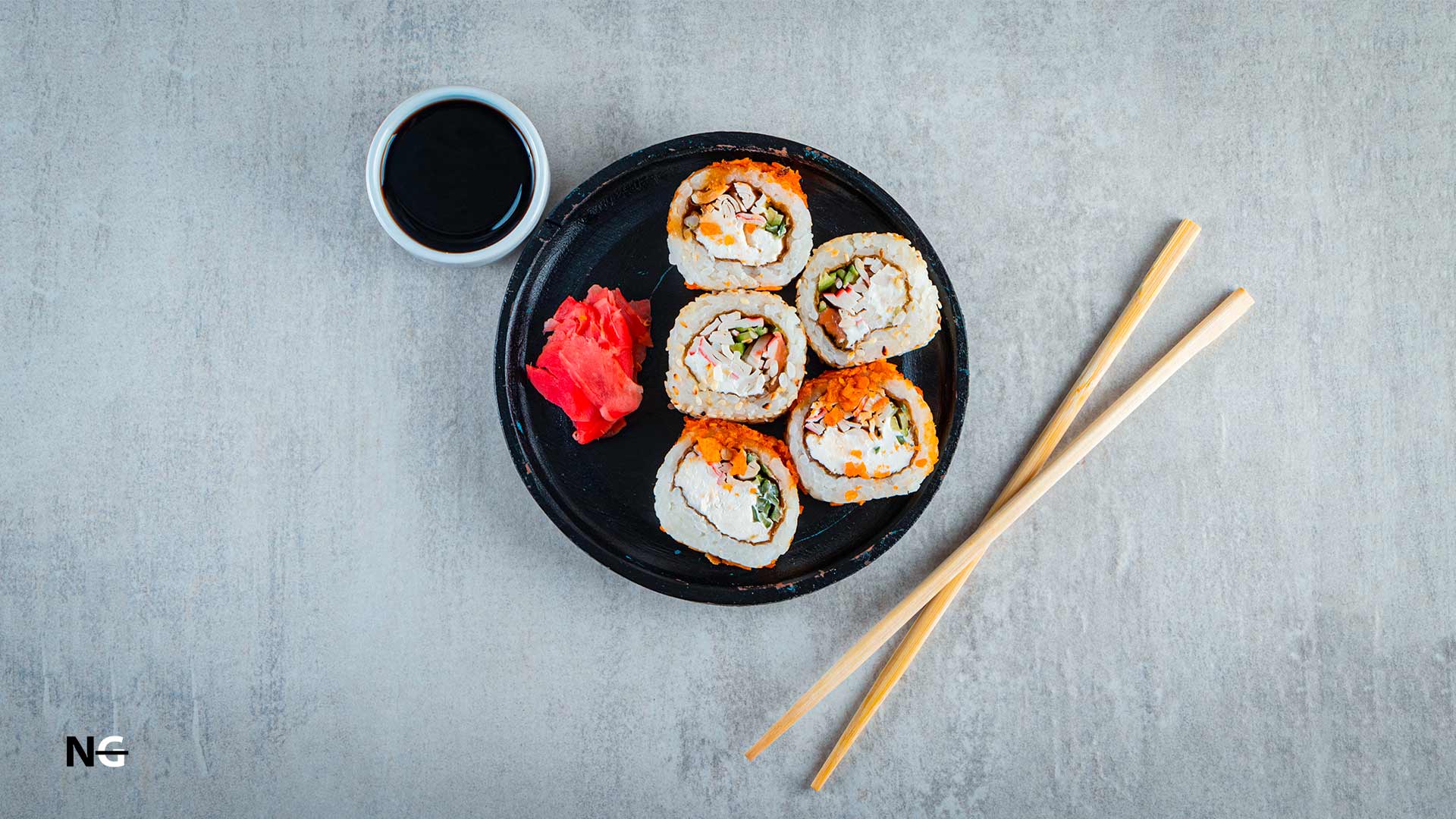
Ingredients for sushi rice
- 750 g sushi rice
- 3 tsp salt
- 3 tbsp sugar
- 200ml rice wine vinegar
Method to prepare the sushi rice
- In a pan, warm up salt, sugar, and rice wine vinegar until sugar and salt dissolve. Keep it aside and let it cool down.
- Wash the sushi rice until you get rid of the starch. Let the rice rest for fifteen minutes.
- In the meantime, take about a liter of water in a large pan and bring it to a boil. Add the rice to the boiling water and let it cook for ten minutes with the lid on.
- Turn off the heat and let the sushi rice remain in the pot for fifteen more minutes without removing the lid.
- Transfer the rice to a large bowl and add the sushi vinegar. Mix gently using a spatula. Now let the rice cool to room temperature. The texture of the rice should be sticky.
Ingredients for Sushi maki
- Seaweed sushi sheets
- Bamboo sushi mat
- Sushi rice
- For the filling- tuna or salmon, avocado, cucumber. Gluten free soy sauce, wasabi, pickled ginger.
Method
- Take the bamboo sushi mat and place the seaweed sheet on top. Take water in a small bowl to dip your fingers before touching your rice.
- Spread the sushi rice evenly on the seaweed sheet, leaving at least a 2cm gap on edge. Now add the sushi filling at the center of the rice spread.
- It’s time to roll the sushi. You should try to keep the roll tight while pushing the filling away from you. The sticky texture of the rice will help to bind the roll.
- Once you complete rolling, remove the mat and use a sharp knife to cut pieces. Relish your sushi with soy sauce, pickled ginger, and wasabi.
Conclusion
Finding gluten free sushi at restaurants is difficult. Soy sauce is one of the key ingredients not only in sushi but in most Japanese dishes. Soy sauce used in restaurants mostly contains gluten; hence it’s best to avoid eating sushi at food joints or eateries.
But you can enjoy gluten free sushi at home, and I have shared a simple recipe for the same. Do check it out and let me know how your sushi turned out.
FAQs
Is Sushi Vinegar Gluten Free?
Rice vinegar is mainly used in making sushi which is safe and gluten free. But some rice vinegar may contain malt, so be careful while picking one.
Is Sashimi Gluten Free?
Shashi fish is gluten free as long as it has no added marination with gluten.
What Types Of Sushi Is Gluten Free?
Sushi that is made without using imitation crab and gluten containing soy sauce are free of gluten.
Is Spicy Tuna Roll Gluten Free?
Spicy tuna rolls may not always be gluten free. The spices and other ingredients used in it may contain gluten.
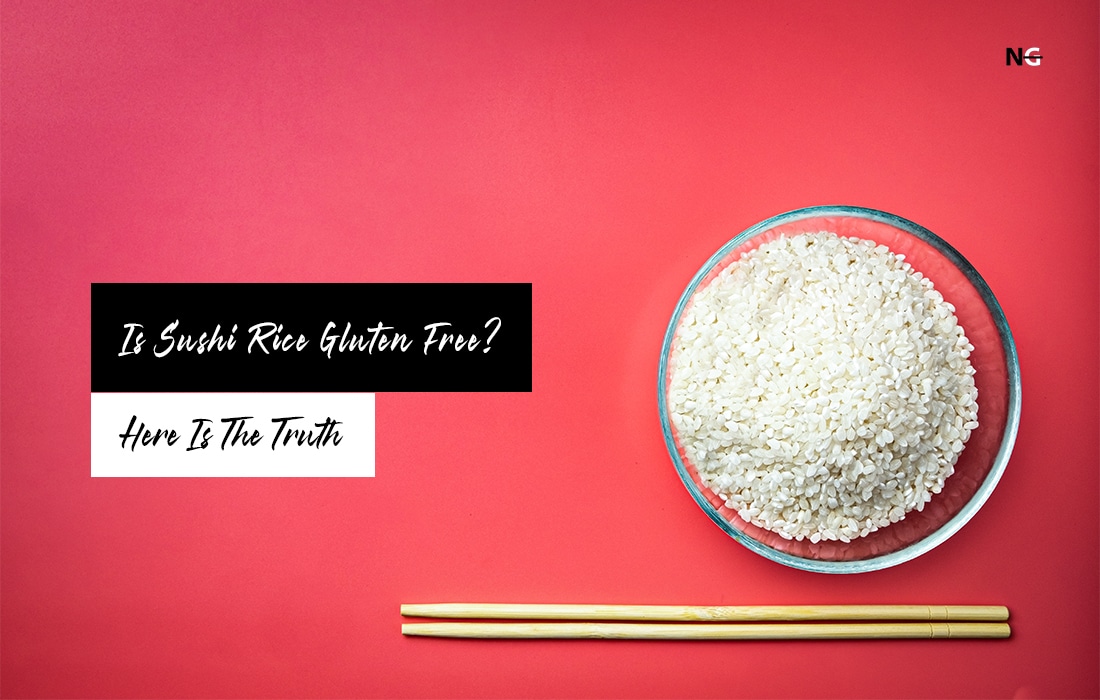







Leave a Reply
View Comments